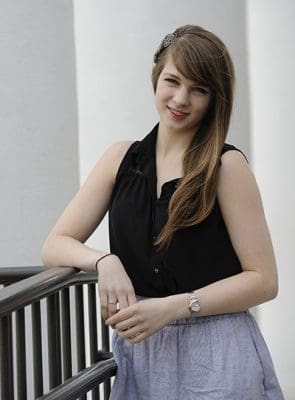Kelly Lampayan is studying a large sample of galaxies that are known to host radio-quiet...


Kelly Lampayan is studying a large sample of galaxies that are known to host radio-quiet...

Jordan Hoffman’s project focuses on protein folding and protein energetics.

Katherine Newman's new book is a penetrating and poignant exploration of race, prosperity, class, identity,...

A letter from Katherine Newman, James B. Knapp Dean.

Katherine Robinson has been observing and interviewing members of Baltimore’s Nepali-Bhutanese refugee community to help...

Anthropology major Paul Park wanted to better understand members of the deaf community and how...

Shanna Murray’s research lies at the intersection of her two majors: cognitive science and Romance...

Olivia Schieber had the opportunity to hear firsthand from Korean nationals about their military experience—information...

Chris Hynes, a double major in mathematics and philosophy, explores competing views of morality.

Kelsey Champagne’s work meticulously creates a micro-history of a little known historical figure, Solomon Aldred.

Letter from the editor.

Glenn Schwartz, the Whiting Professor of Archaeology in the Department of Near Eastern Studies, talks...